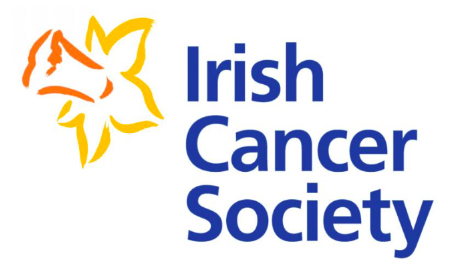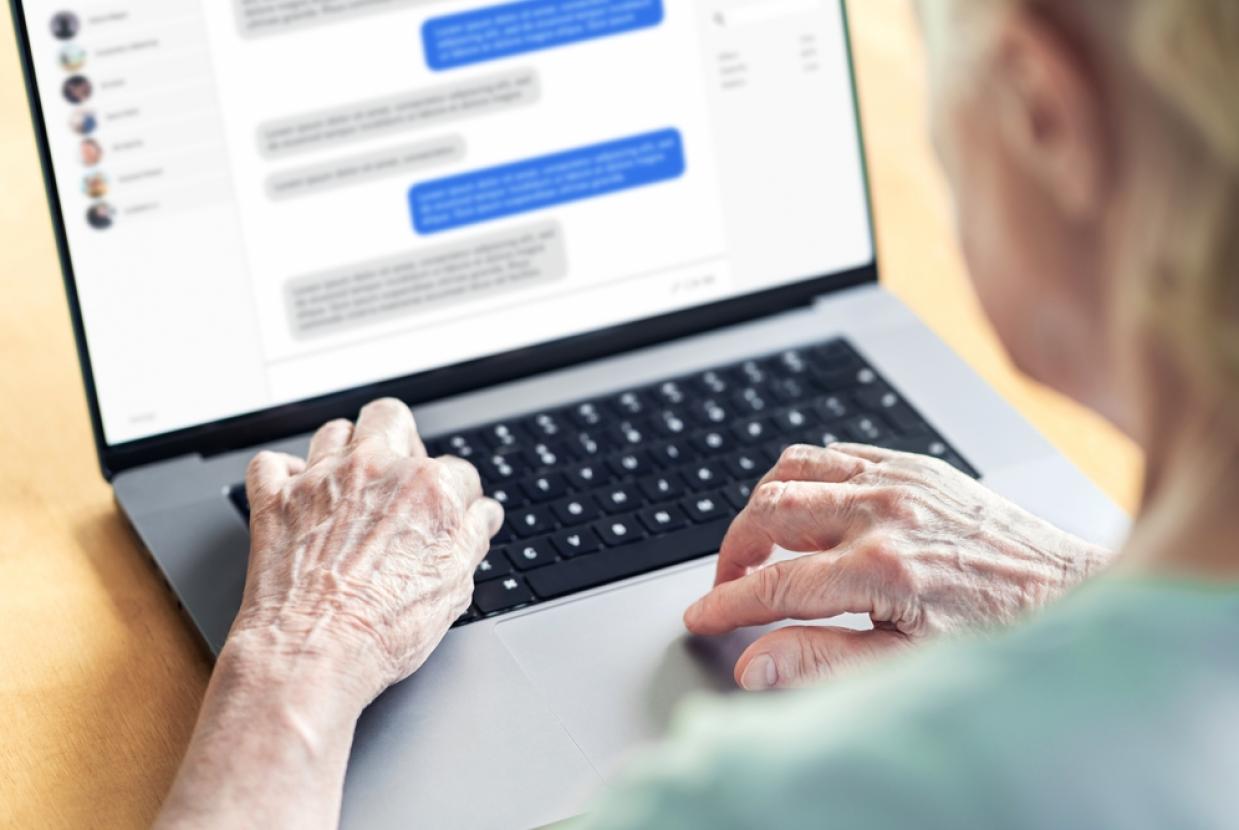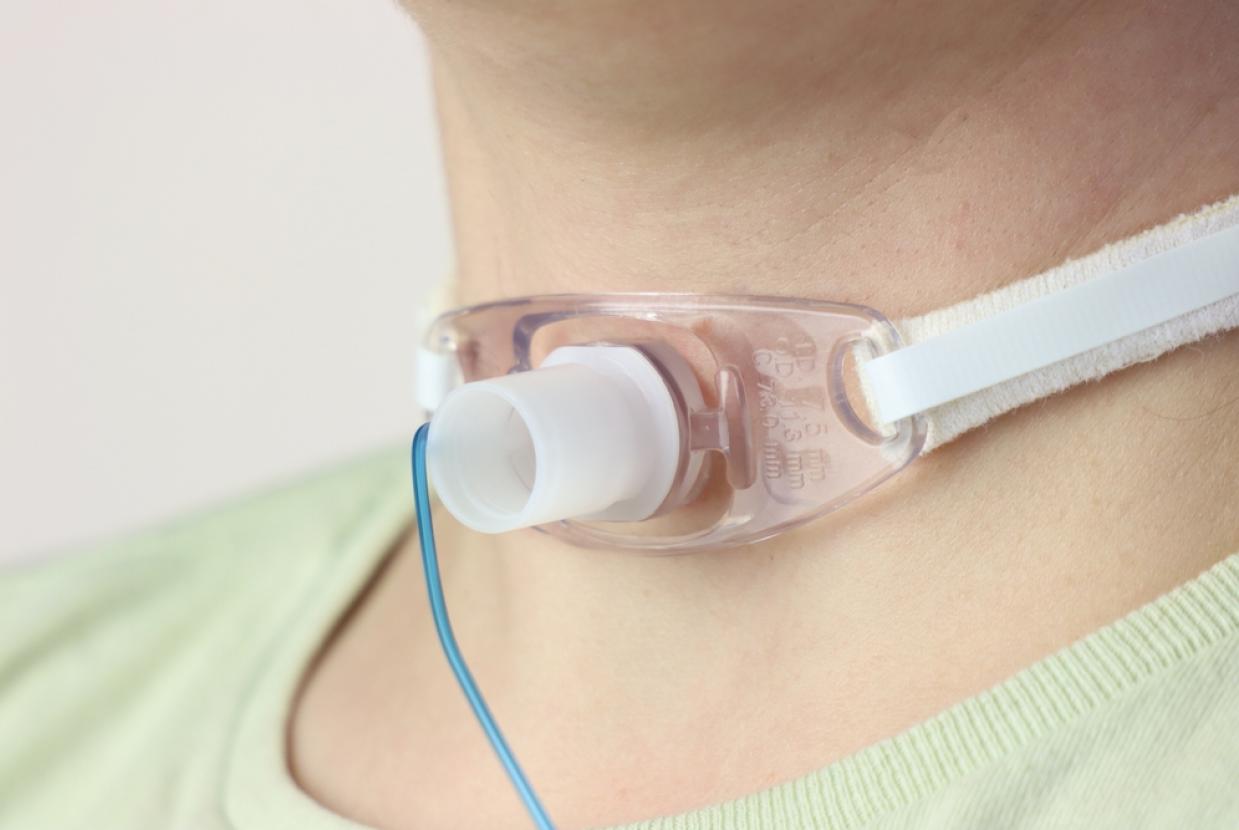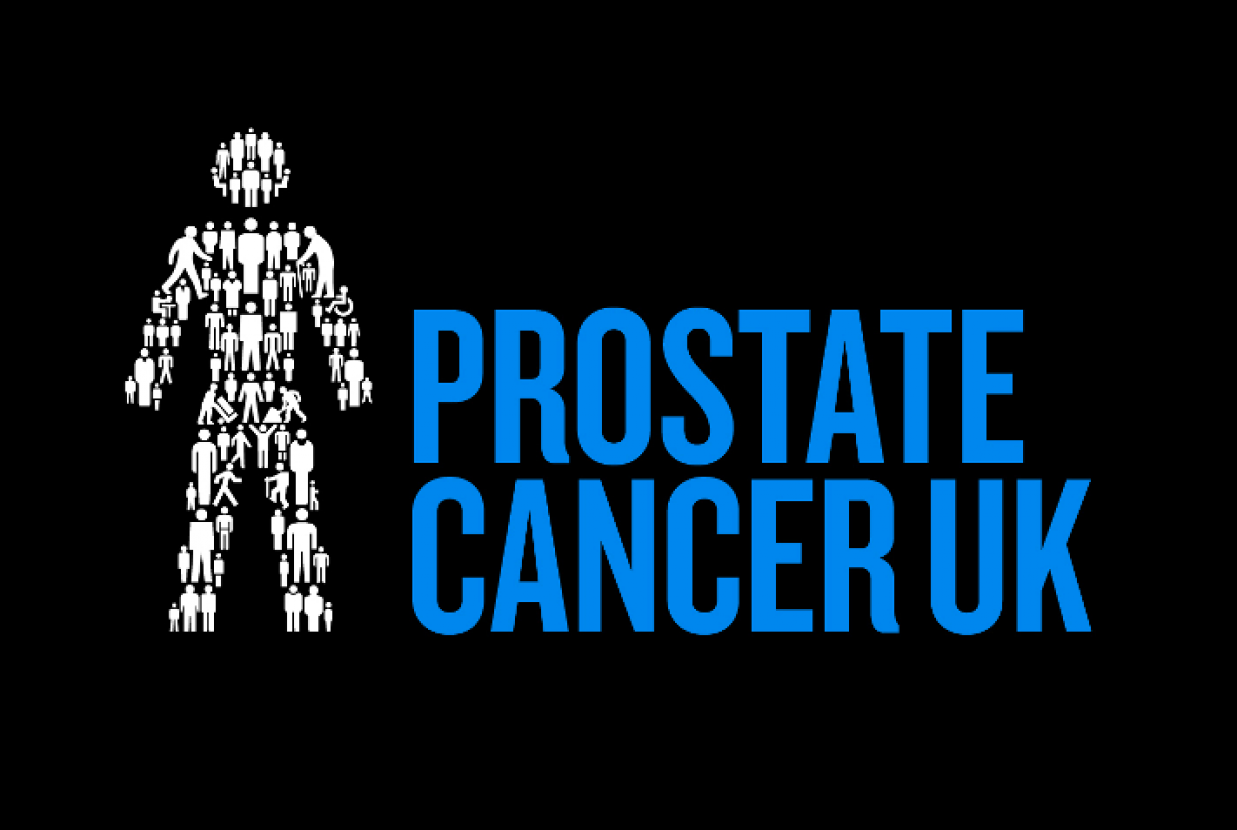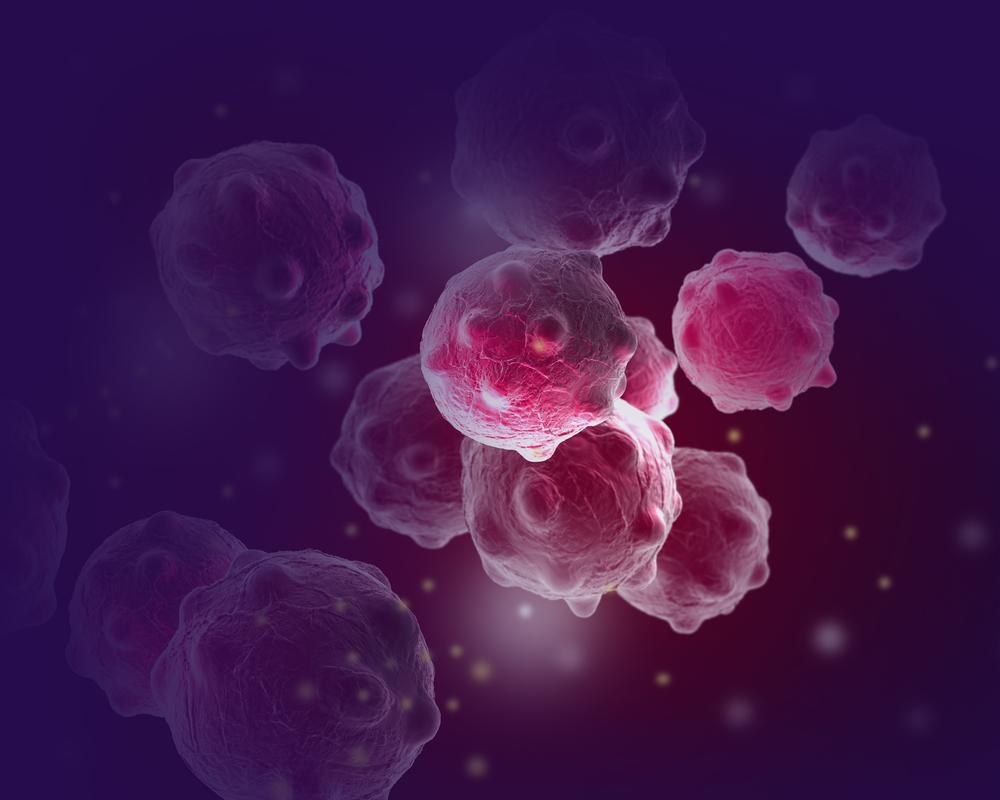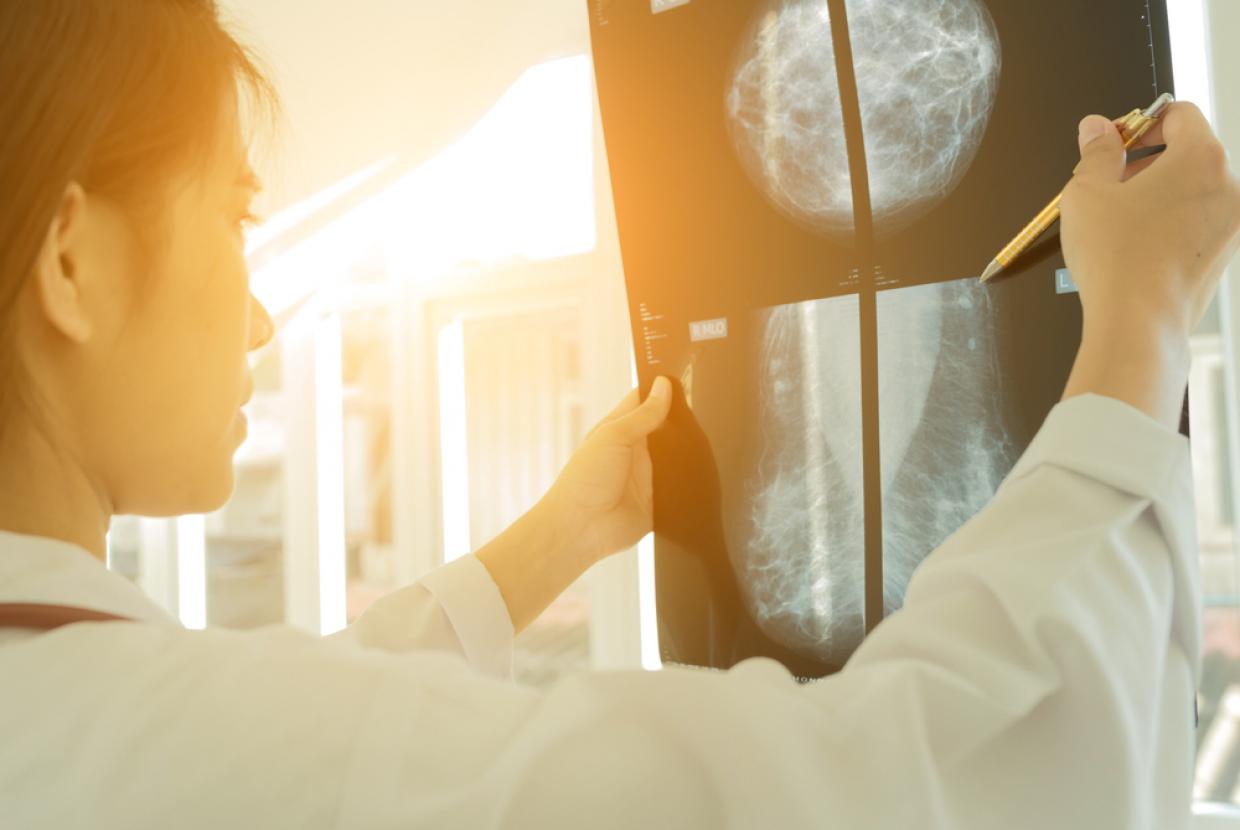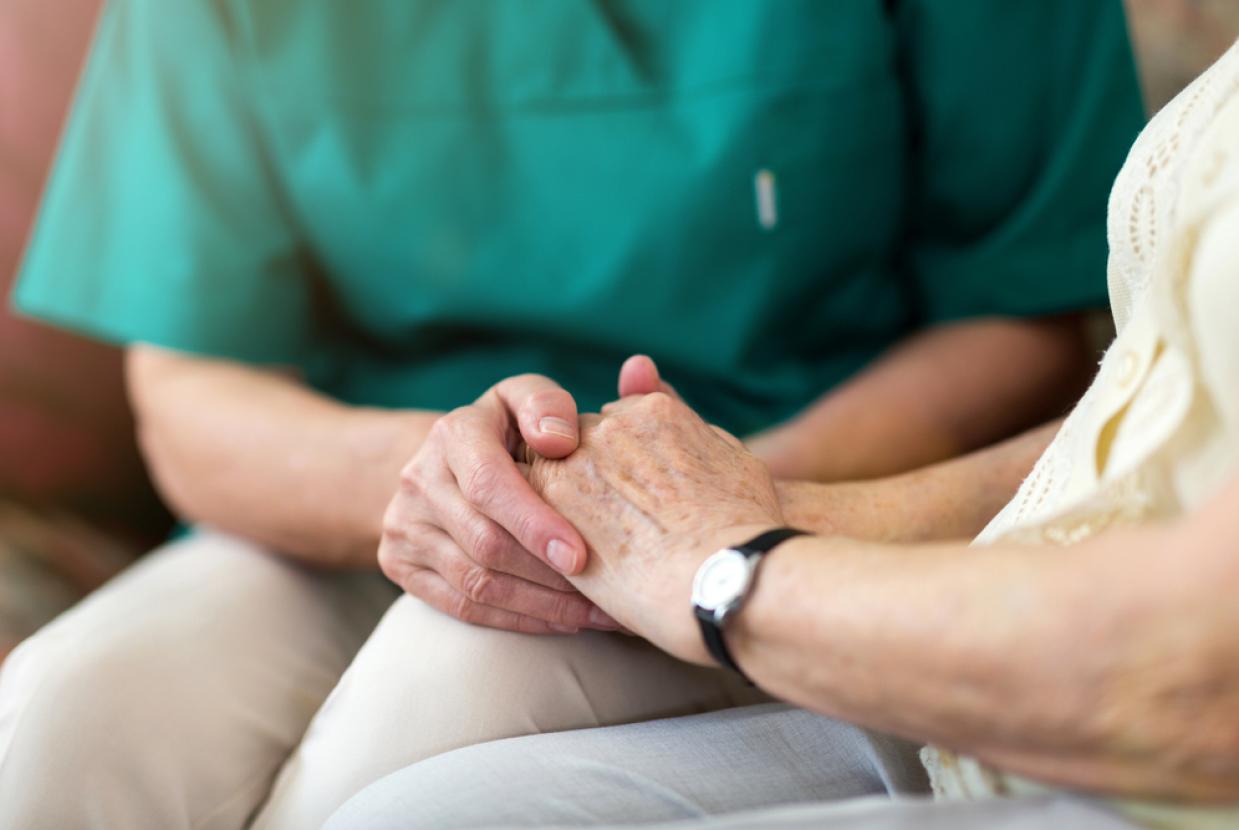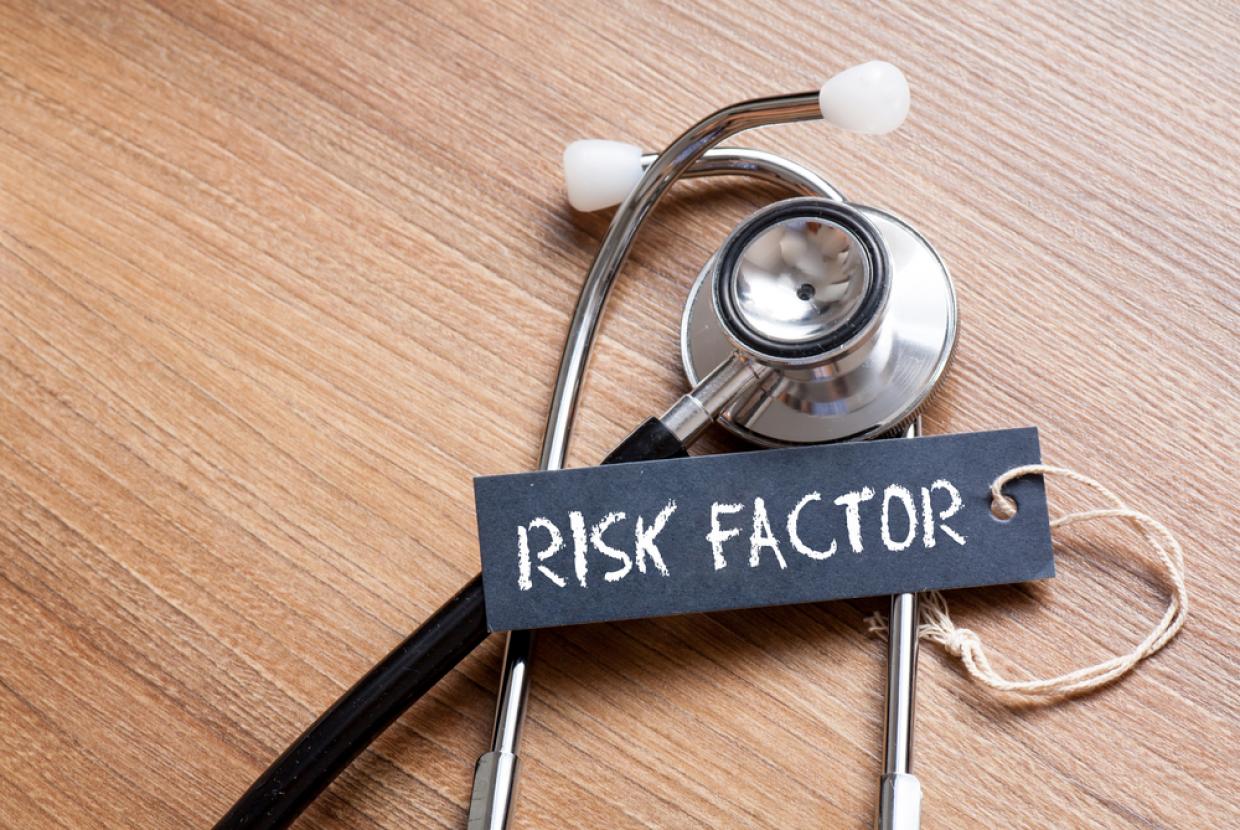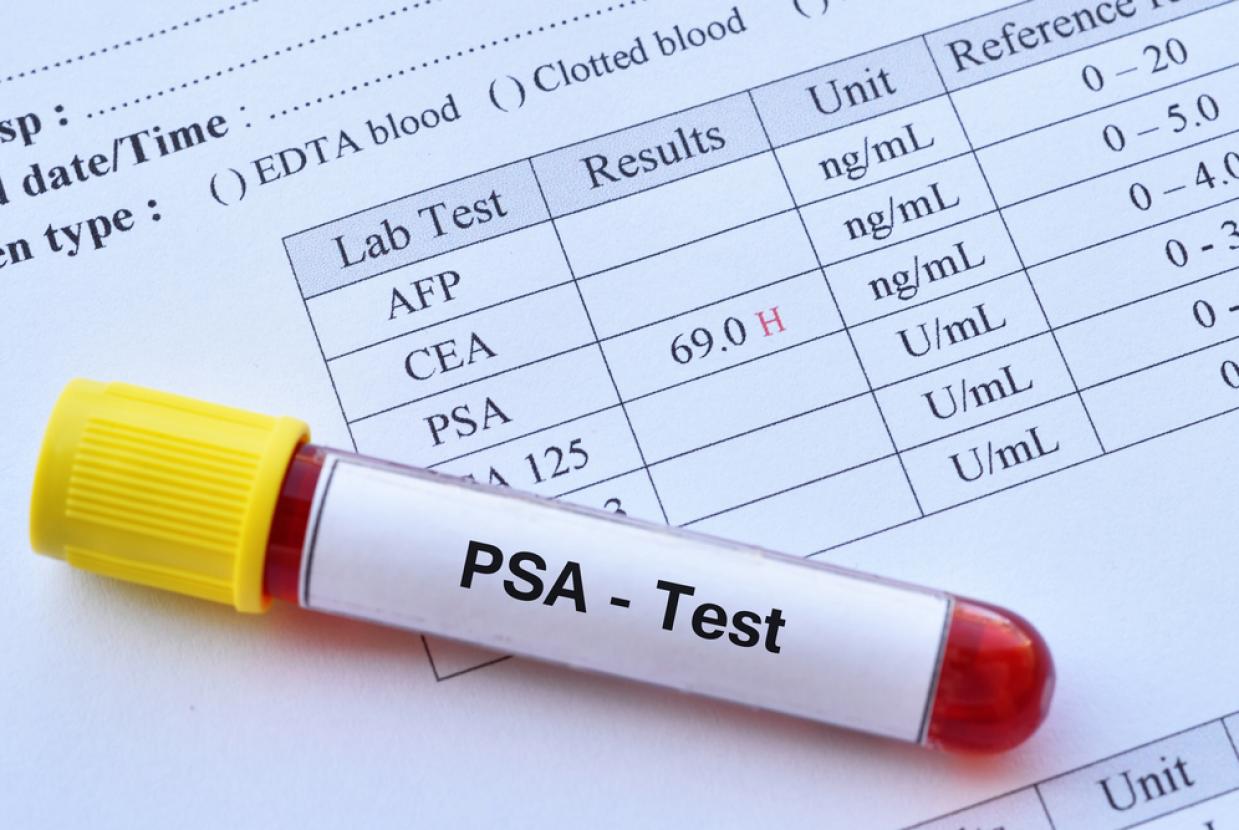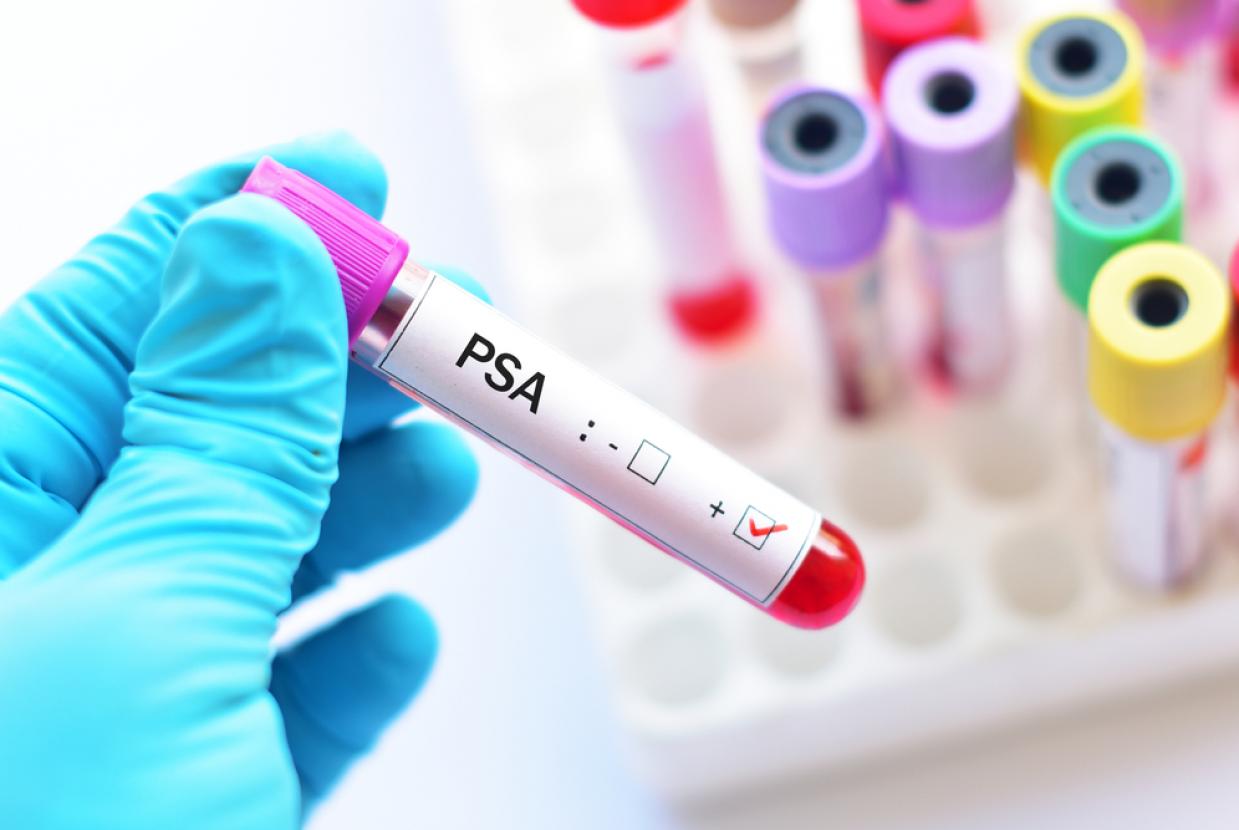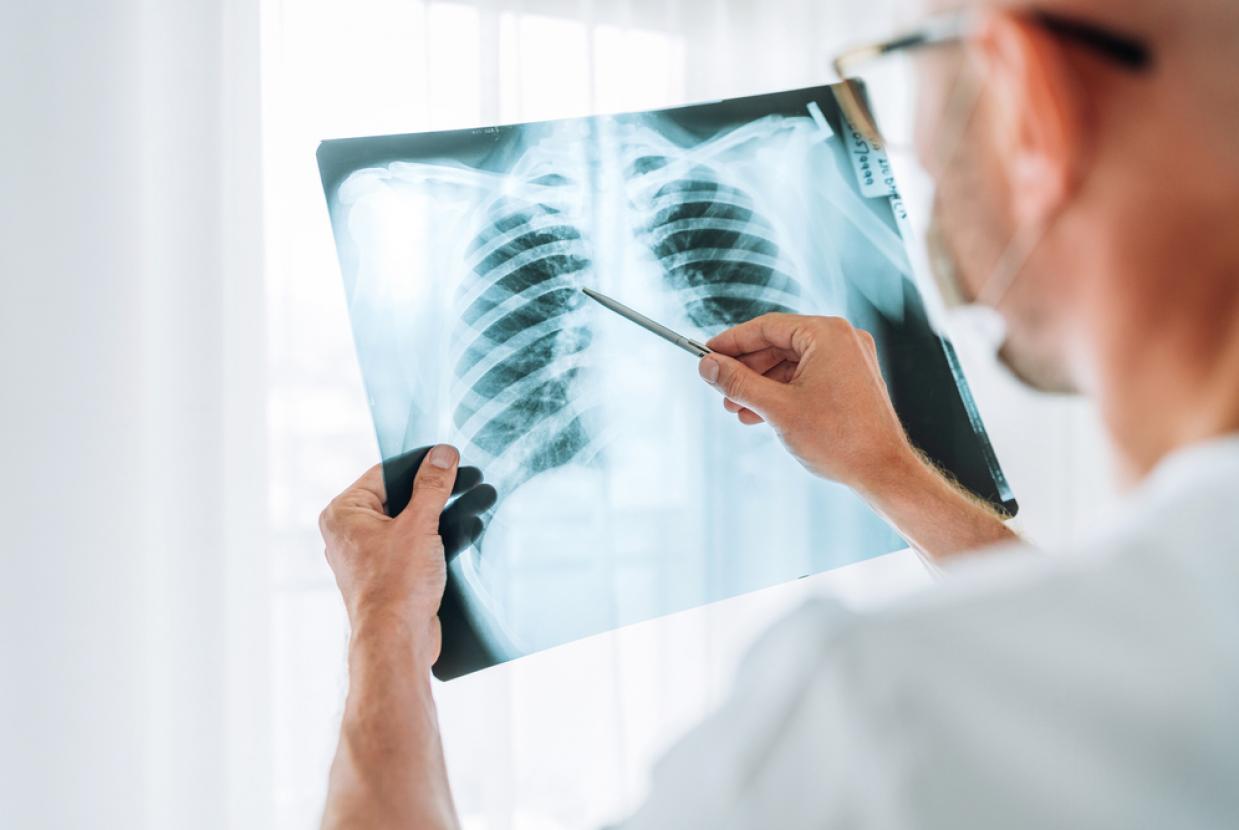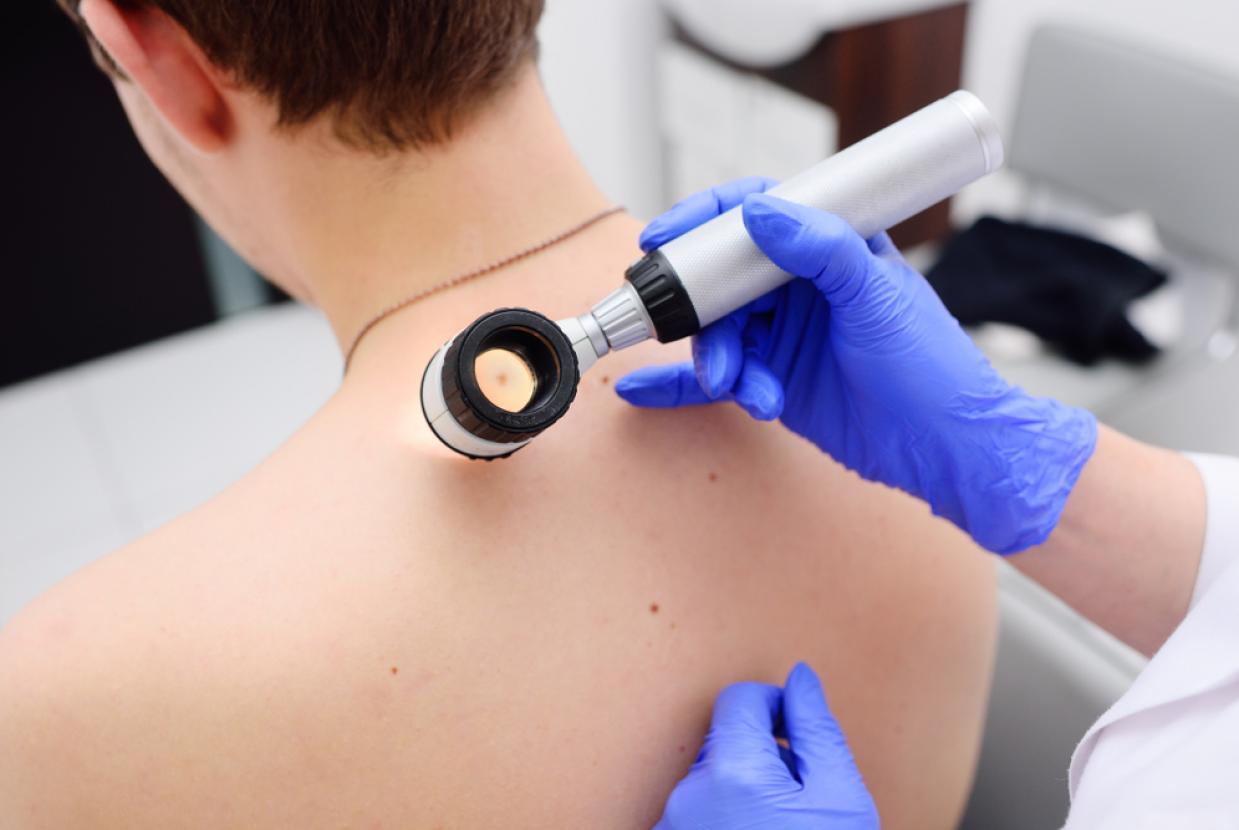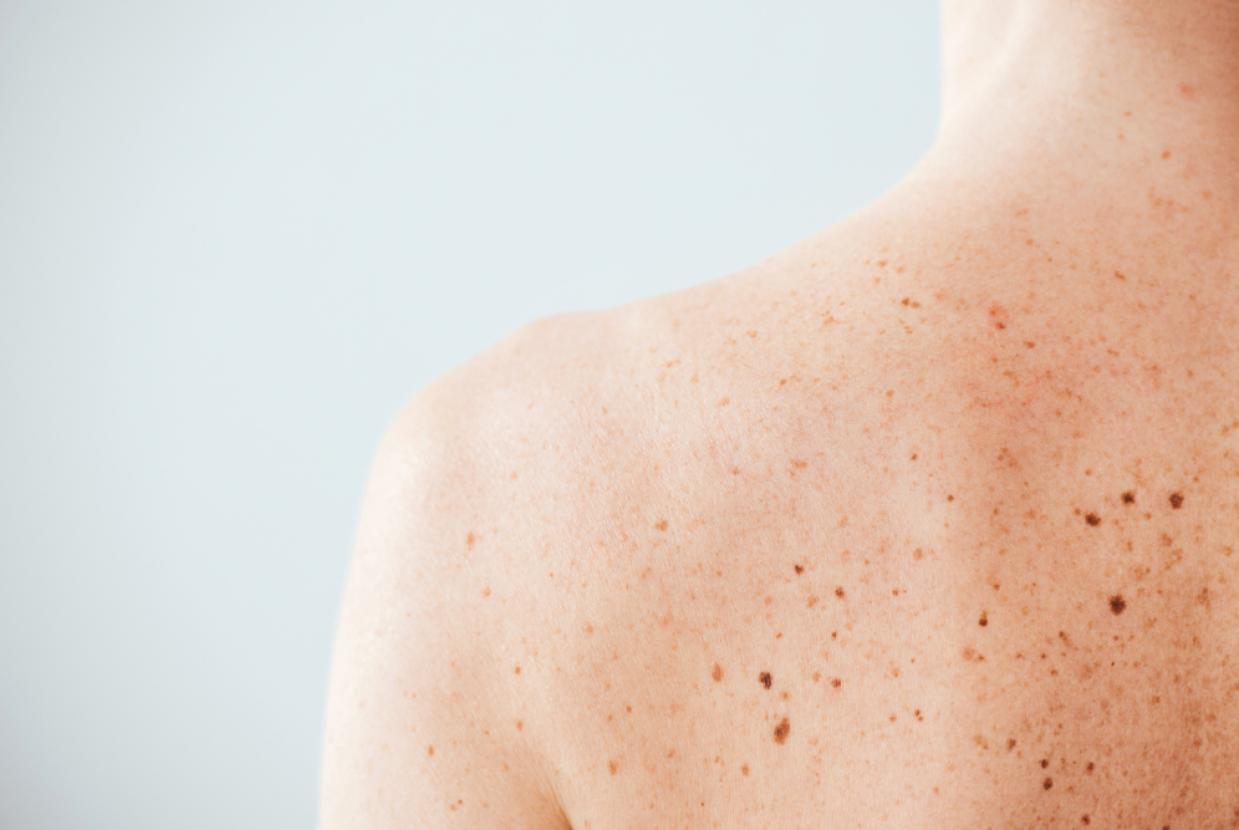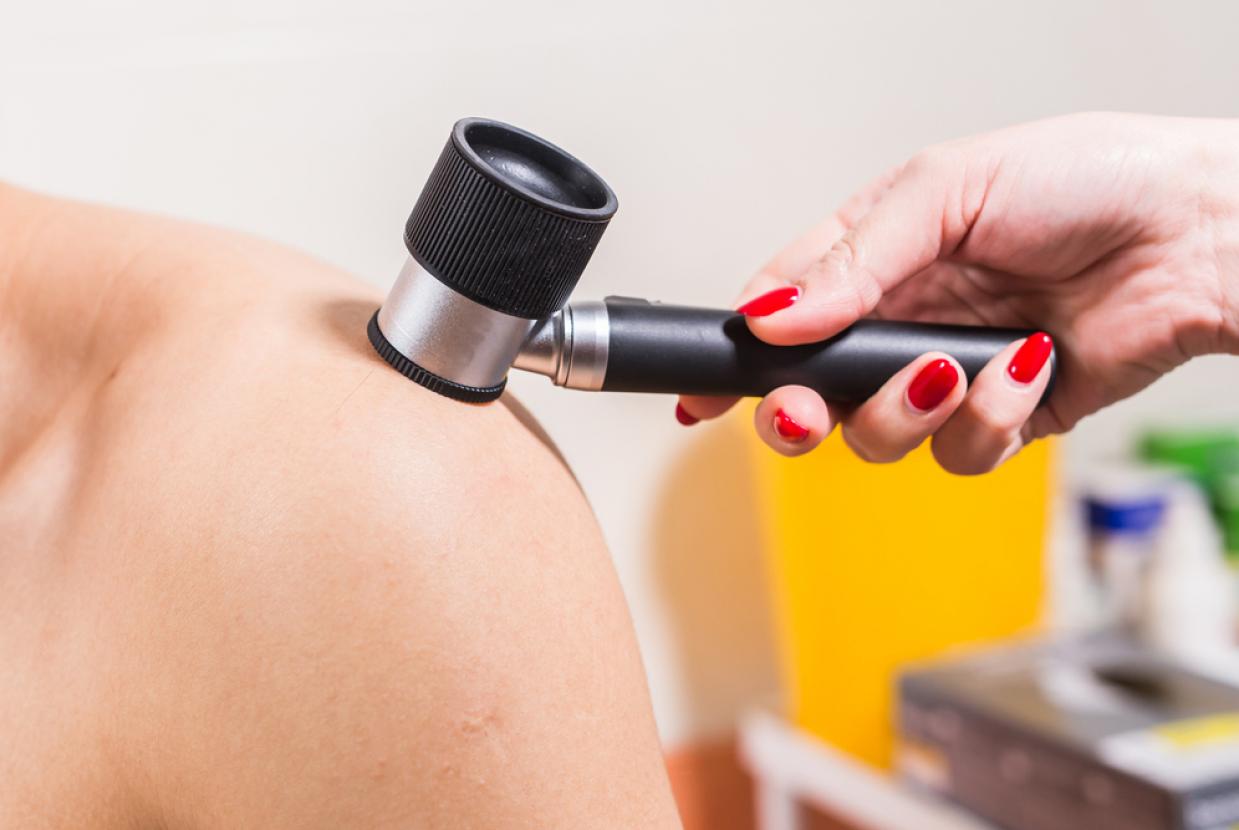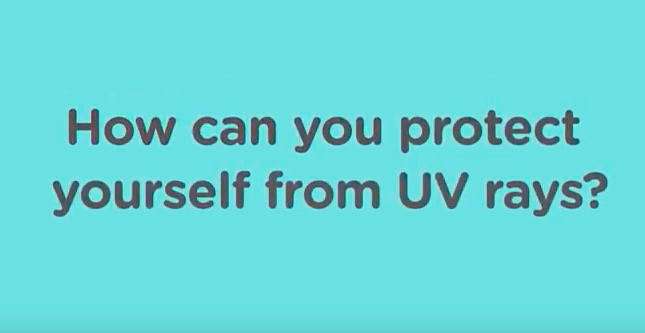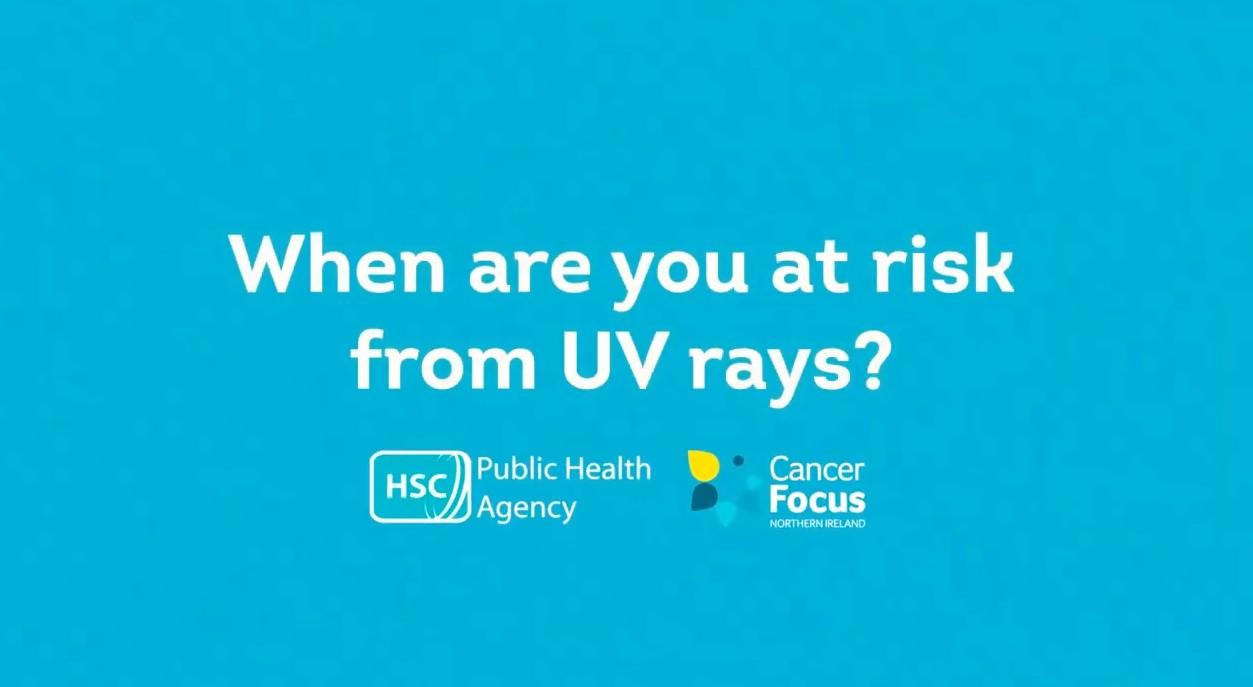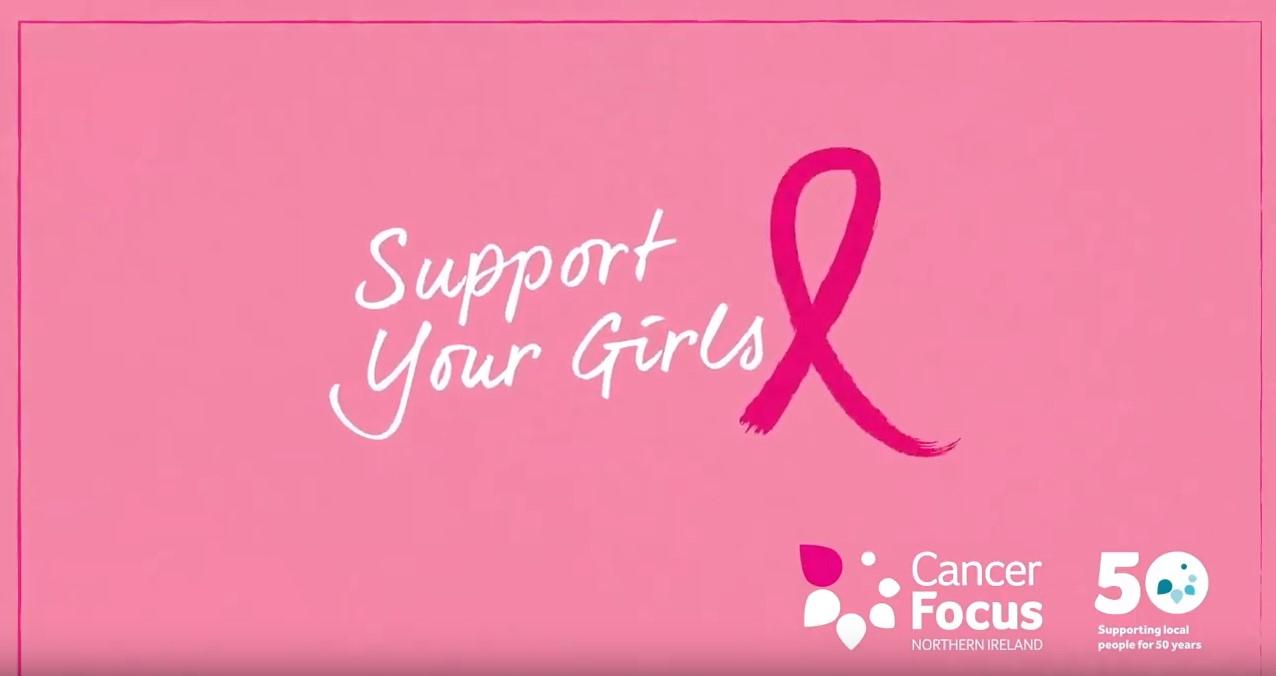Treatment of Skin Cancer
If your doctor is suspicious of anything on your skin a sample may be taken and sent for testing. You may also be sent to a see a dermatologist who is a specialist in skin diseases. Treatment of skin cancer can include surgery, laser therapy, radiotherapy and photodynamic therapy. The dermatologist will speak to you about these treatments if necessary.
How is non-melanoma skin cancer treated?
Surgery is the most common way to treat non-melanoma skin cancer. This involves cutting out (excision) or scraping away the cancer cells (curettage). Other options include cryotherapy and Moh’s surgery. Larger areas may require skin grafts or skin flaps. Read more about types of surgery for non-melanoma skin cancer.
Other treatments
- Topical cream chemotherapy: Cream is placed directly on your skin to kill the cancer cells.
- Topical immunotherapy: Cream that contains an immunotherapy drug is put on your skin. This helps the body’s immune system to attack the cancer cells.
- Photodynamic therapy: A treatment using a light-sensitive cream and a light to kill cancer cells.
- Radiotherapy: High-energy rays used to shrink or destroy the cancer. Radiotherapy is rarely used to treat non-melanoma skin cancer. However, it can be an option for people with multiple skin cancer sites, people who cannot have surgery or people whose cancer has spread to their lymph nodes.
Will I get side-effects?
The type of side-effects you get will depend on the type of treatment, the dose, the duration and your own general health. Your doctor or nurse will discuss any possible side-effects with you before your treatment.
How is melanoma treated?
Surgery for early stage melanoma may remove the mole (excision surgery) or the mole and an area around it (wide-local excision surgery). Surgery is the main treatment for early stage melanoma. Early stage melanoma is often cured by surgery alone.
Locally advanced or advanced (metastatic) melanoma
With locally advanced cancer, it might not be possible to remove all the cancer cells with excision surgery, so you may need more surgery or other treatments.
With melanoma that has spread to other parts of your body (metastatic), you may have a combination of treatments. For example, surgery and targeted therapies. The aim is to control the spread of the cancer rather than to cure it. You may have treatments as part of a clinical trial.
Surgery
For locally advanced cancer, surgery can remove the mole (excision surgery) or a larger area (wide local excision) to reduce the risk that the melanoma will come back in the same area. If melanoma is found in your lymph nodes, these will be removed under general anaesthetic. This helps to prevent cancer spreading to other parts of the body.
Targeted therapies and immunotherapy
These treatments can help to target and destroy cancer cells or stop them from growing. Or they can help your body’s immune system to attack cancer cells.
Chemotherapy
Chemotherapy uses drugs to control cancer. It may be used if targeted therapies and immunotherapy are not good options for you. Chemotherapy can be given to control advanced melanoma.
Radiotherapy
Radiotherapy uses high-energy rays to destroy cancer cells. It may be used if your brain or spinal cord is affected or to relieve pain.
Will I get side-effects?
The type of side-effects you get will depend on the type of treatment, the dose, the duration and your own general health. Read about the different treatments to see possible side-effects. Your doctor or nurse will also discuss any possible side-effects with you before your treatment.



